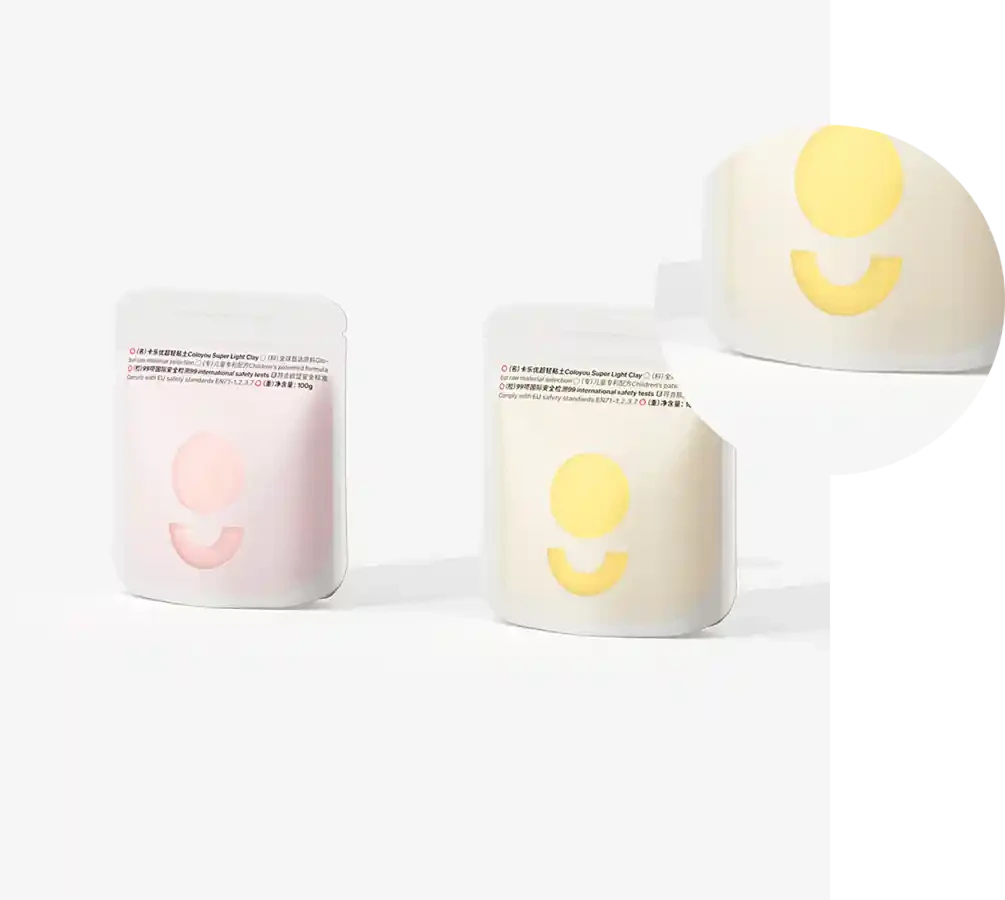flexo printing vs offset printing
Flexo Printing vs. Offset Printing A Comparative Analysis
When it comes to the world of print production, businesses often grapple with the decision of which printing technique to utilize for their projects. Among the most commonly used methods are flexo printing and offset printing. Each has its unique strengths and weaknesses, making the choice dependent on various factors such as the type of product, volume, and budget.
Understanding Flexo Printing
Flexo printing, short for flexographic printing, is a relief printing process that uses flexible plates made of rubber or photopolymer. It employs fast-drying, low-viscosity inks, which allow for high-speed printing on a variety of substrates, including paper, plastic, and metallic films. The technology is particularly favored in the production of labels, packaging materials, and other roll-fed products. One notable advantage of flexo printing is its ability to print on uneven surfaces, making it ideal for packaging products of various shapes and sizes.
Another highlight of flexo printing is its environmental advantage. The use of water-based inks not only reduces VOC emissions but also ensures a safer work environment. Moreover, the quick drying times associated with flexo printing enhance production efficiency, making it possible to achieve high output with shorter turnaround times.
Exploring Offset Printing
Offset printing is a traditional method that involves transferring ink from a plate to a rubber blanket and then onto the printing surface. This technique is known for its exceptional print quality, particularly for projects demanding intricate designs and vibrant color representations. Offset is commonly used for printing books, magazines, and brochures, where precision and detail are paramount.
flexo printing vs offset printing

One of the primary advantages of offset printing is its ability to produce consistent high quality in large volumes. Once the initial setup is complete, the printing process can yield thousands of prints quickly, making it cost-effective for large-scale projects. However, the setup costs and time involved in plate creation can be substantial, making offset printing less economical for smaller runs.
Cost Considerations
When it comes to costs, both methods present different advantages. Flexo printing usually offers lower costs for continuous runs and is cost-effective for long-run jobs. The lower price of consumables, coupled with its capability to use single plates for multiple colors, helps mitigate expenses. Conversely, offset printing incurs significant costs upfront due to plate preparation and setup; however, the per-unit cost decreases dramatically in high-volume print jobs.
Quality and Versatility
Offset printing is often hailed for its superior quality, making it the preferred choice for high-resolution images and detailed designs. The precise alignment involved in offset printing ensures that images are sharp, with smoother color transitions. Flexo, while improving over the years, may not match the intricate detail achieved by offset, but it excels in versatility, allowing for printing on a wider range of substrates.
Conclusion Making the Right Choice
Ultimately, the choice between flexo and offset printing hinges on specific project needs. For high-quality prints requiring intricate designs, offset printing is advantageous. However, for projects with lower volumes, a quick turnaround, or unique substrates, flexo printing may be the better option. Understanding the strengths and weaknesses of each printing method will empower businesses to make informed decisions that align with their production goals and budget constraints. As technology continues to evolve, both flexo and offset printing will remain vital components of the printing landscape, each serving distinct markets and applications effectively.













